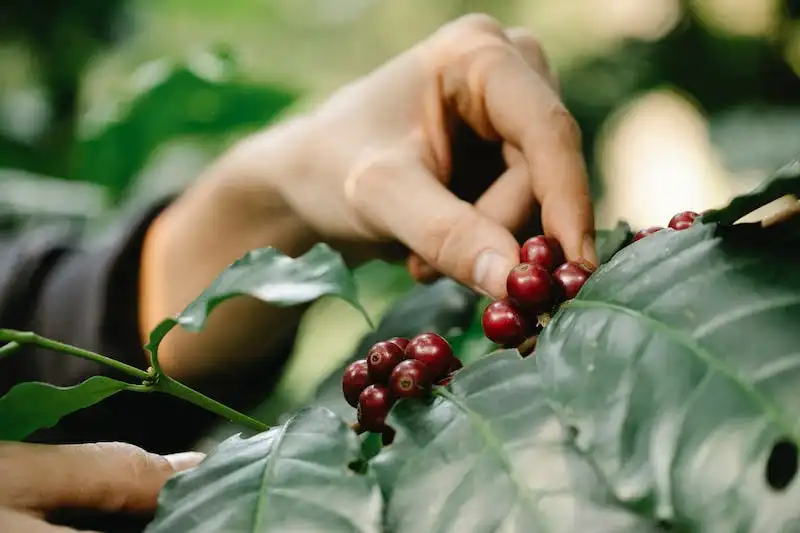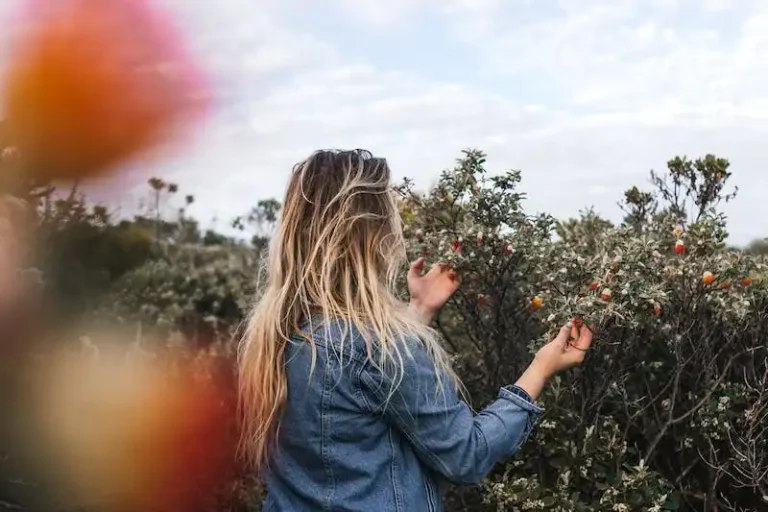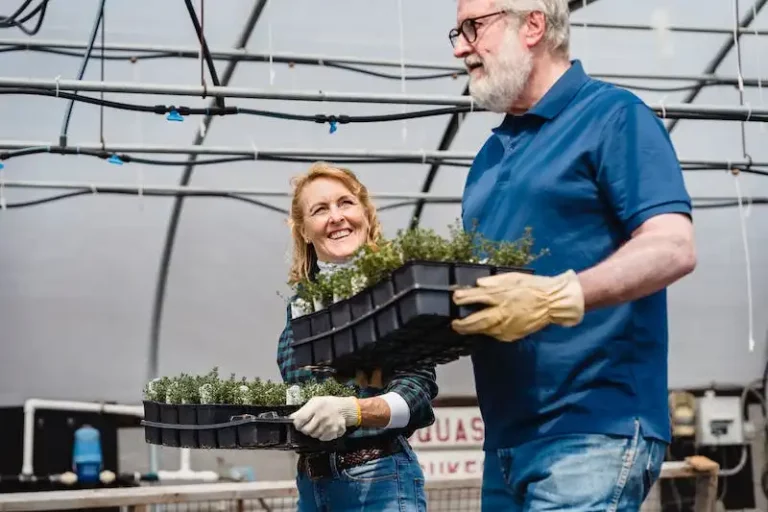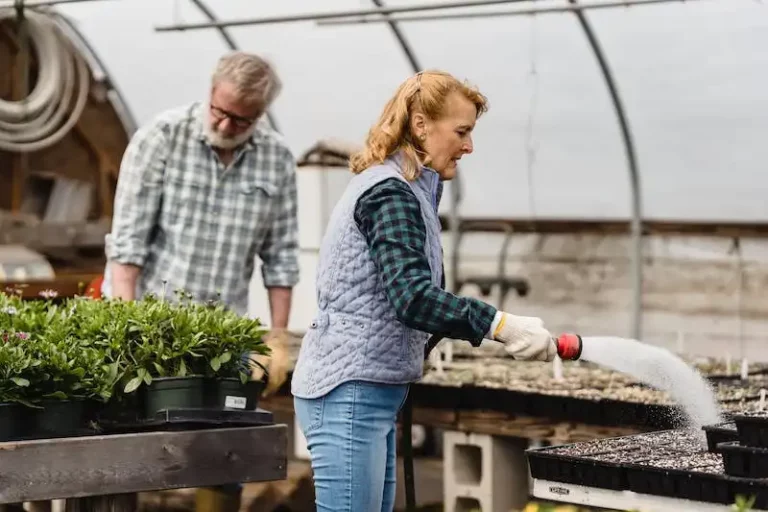Saffron is a highly prized and expensive spice that is confidently cultivated in a variety of climates. The flowering plant, known as Crocus Sativus, is grown for the harvest of its stigma, which is where saffron comes from. Harvesting saffron is a labor-intensive process that requires careful attention and patience.
The saffron plant grows from corms, which are planted in well-draining soil. After several months of growing, the saffron plant starts flowering, and this is when the harvesting process begins. The flowers open, leaving their stigma available for picking. Growers must be careful not to damage the delicate stigma during the picking process.
Once the saffron stigmas are harvested, they need to be dried. This is typically done by spreading them out in a well-ventilated area for several days, allowing them to dry completely. The dried saffron can then be stored or used in various products. The size of the saffron stigma varies, with larger stigmas being more valuable.
Growing saffron requires a specific climate, as the plant is not resistant to diseases and pests. It thrives in dry and hot summers, followed by cold winters, with temperatures below 10 degrees Celsius. Watering the plants should be done carefully, as over-watering can quickly lead to their death.
Harvesting saffron is a time-consuming and labor-intensive job that requires attention to detail and patience. The saffron stigma is delicate and can easily wilt if not handled properly. Despite the challenges and expenses, growing saffron can be a rewarding endeavor for those who are up to the task.
How to Grow Saffron–and Save a Bundle Over Buying the Spice
Watering saffron is a crucial step in its cultivation. Since crocus officinalis is a Mediterranean plant, it thrives in well-drained soil and requires minimal watering. Overwatering can lead to rotting of the corms, so be careful not to overdo it.
Buying saffron can be expensive, but growing it yourself can save you a bundle. Saffron is known as “red gold” because of its high value, and by growing your own, you can have a fresh supply without breaking the bank.
Harvesting saffron is a delicate process that is typically done by hand. Growers need to carefully pick the orange-red stigmas from the crocus flowers. This needs to be done outside while the flowers are still blooming, as the stigmas lose their quality and color quickly after being picked.
Saffron is resistant to many pests and diseases, making it a low-maintenance plant to grow. However, squirrels are among the most common pests that can cause damage by digging up the corms. To protect your saffron, it is recommended to use netting or wire mesh to keep the pests away.
The flowering of saffron occurs in the fall, typically between September and November. During this time, the crocus flowers emerge, and the stigmas are ready to be harvested. Each flower produces only three stigmas, which makes it a labor-intensive process.
Once harvested, the saffron stigmas need to be dried to preserve their flavor and aroma. This can be done by laying them out on a flat surface in a cool, dry place for about 12-48 hours. After drying, the saffron can be stored in an airtight container for several months.
Propagating saffron can be done by planting the corms, which are the underground bulbs of the saffron crocus. The corms have the potential to multiply quickly, allowing you to grow more saffron over time.
Saffron cultivation requires full sunlight, as the plant thrives in hot and dry climates. It is recommended to plant the corms in an area where they can receive at least 6-8 hours of direct sunlight daily.
Saffron is a spice that has been used for ages in different parts of the world. Its unique flavor and aroma make it a prized addition to various dishes. By growing saffron yourself, you can ensure the quality and freshness of the spice.
This beautiful flowering plant produces one of the most expensive spices in the world but you can grow it yourself
Saffron, a beautiful flowering plant, produces one of the most expensive spices in the world. With proper care and attention, you can grow saffron at home and harvest your own threads.
Saffron is known for its vibrant red color and strong flavor. It is the dried stigma of the Crocus sativus flower, which is harvested by hand. Each flower produces only three stigmata, making saffron a labor-intensive spice to produce. This is why it is so expensive compared to other spices.
Unlike many other plants, saffron is best grown naturally, without the use of pesticides or herbicides. It is a hardy plant that can tolerate a wide range of climates, but it prefers a dry climate with well-drained soil. It is also important to protect saffron bulbs, known as corms, from voles, which are known to eat them.
Harvesting saffron requires both skilled workers and patience. The flowers only bloom for a short period of time, usually in autumn. This is when you should carefully pluck the stigmata, making sure not to damage the pistil or other parts of the flower. After harvesting, the stigmata need to be dried to preserve their quality.
Saffron farmers and producers face numerous challenges, from fluctuating market prices to weather conditions. Overwatering can be detrimental to saffron plants, so it is important to water them sparingly. You should also avoid leaving them in standing water. In hotter climates, partial shade is beneficial to prevent wilting.
Depending on your climate and growing conditions, saffron plants can take anywhere from 15 to 30 days to produce flowers. The potential size of your saffron harvest varies depending on the number of corms you plant and how well you care for them.
If you live in a climate where saffron grows naturally, you can confidently plant saffron corms in the ground and wait for them to bloom. However, if you live in a colder climate, it is recommended to grow saffron in pots, so you can bring them indoors during the winter months to protect them from freezing temperatures.
By growing your own saffron, you not only get to enjoy the beautiful flowers, but you can also save money on buying this expensive spice. Harvesting saffron at home allows you to have a fresh supply on hand whenever you need it, whether for cooking or for medicinal purposes.
So why not give saffron growing a try? With a little knowledge and the right conditions, you can become a saffron producer yourself, enjoying the delights of this precious spice.
Growing Saffron at a Glance
Growing saffron is a labor-intensive process that requires careful attention to detail. Here’s a quick guide to help you get started:
Planting: Saffron is typically planted in the fall, around September or October, depending on your region. You can buy saffron bulbs from reputable growers or farmers. The size of the containers you use for planting should allow for good drainage.
Time and Hours: Saffron flowers bloom in autumn and only last for a short period of time, usually about 24 to 48 hours. The flowers open up in the morning and close by evening. It is during this time that you should carefully pick the red threads, or stigmas, of the flower. This is the saffron–and the most valuable part–so you’ll want to work quickly.
Foliage and Pruning: After the flowers have been harvested, the saffron plant’s foliage will continue to grow. You should prune the foliage as needed to allow the plant to channel its energy into producing a good crop the following year. This can be done either in partial or full depending on your preference.
Varieties and Flavor: Saffron comes in different varieties, each with its own unique flavor profile. It’s important to choose a variety that suits your taste preferences. The Crocus officinalis variety is the most commonly grown saffron variety.
Drying and Storing: Once the red threads have been harvested, they need to be dried. This can be done naturally by leaving them out in a cool, dry place for several weeks. After drying, store the saffron threads in an airtight container to maintain their quality and flavor.
Propagating: Saffron can be propagated by dividing the bulbs. This is usually done after a few years to maintain the plant’s vigor and productivity.
Growing saffron is a rewarding experience that can yield a valuable spice. With careful attention to safety and proper harvesting techniques, you can enjoy the pleasant flavor and potential health benefits of saffron in your own garden.
Image source: shutterstock.com
Saffron Plant Characteristics
Saffron is a unique plant that is grown for its beautiful and aromatic stigmas, which are harvested and used as a spice. The harvesting of saffron is a delicate process that requires skilled workers to carefully pluck the stigmas without damaging the rest of the plant.
The best time to harvest saffron is in autumn when the plants are in full bloom. The flowers of the saffron plant, known as Crocus sativus, bloom for only a few weeks before withering away. To ensure that the stigmas are well-preserved, it is important to harvest them as soon as the flowers open.
Harvesting saffron can be done manually or with the help of tools. Experienced growers prefer manual harvesting as it allows them to confidently select the best stigmas and ensure that the plant is not damaged. The process involves carefully plucking the stigmas from the flowers, leaving behind the yellow foliage.
After harvesting, the stigmas are usually air-dried for a few hours to several days, depending on the climate and humidity. This process helps to preserve the quality and flavor of the saffron. Once dried, the stigmas are stored in airtight containers to protect them from moisture and light.
It is important to note that the size and quality of saffron stigmas can vary depending on various factors such as the variety of the saffron plant, the climate it is grown in, and the experience and skill of the workers. Some saffron plants, such as Crocus autumnale and Crocus officinalis, are known for producing longer stigmas compared to other varieties.
When growing saffron, there are certain considerations to keep in mind to ensure the health and productivity of the plants. Saffron plants should be planted in well-drained soil to prevent overwatering and root rot. They require a sunny location with at least 6 hours of direct sunlight each day. Fertilizing the plants at the appropriate times can also help to optimize their growth.
Overall, saffron plant characteristics vary, but with proper care and attention, growers can enjoy a bountiful harvest of this precious spice.




